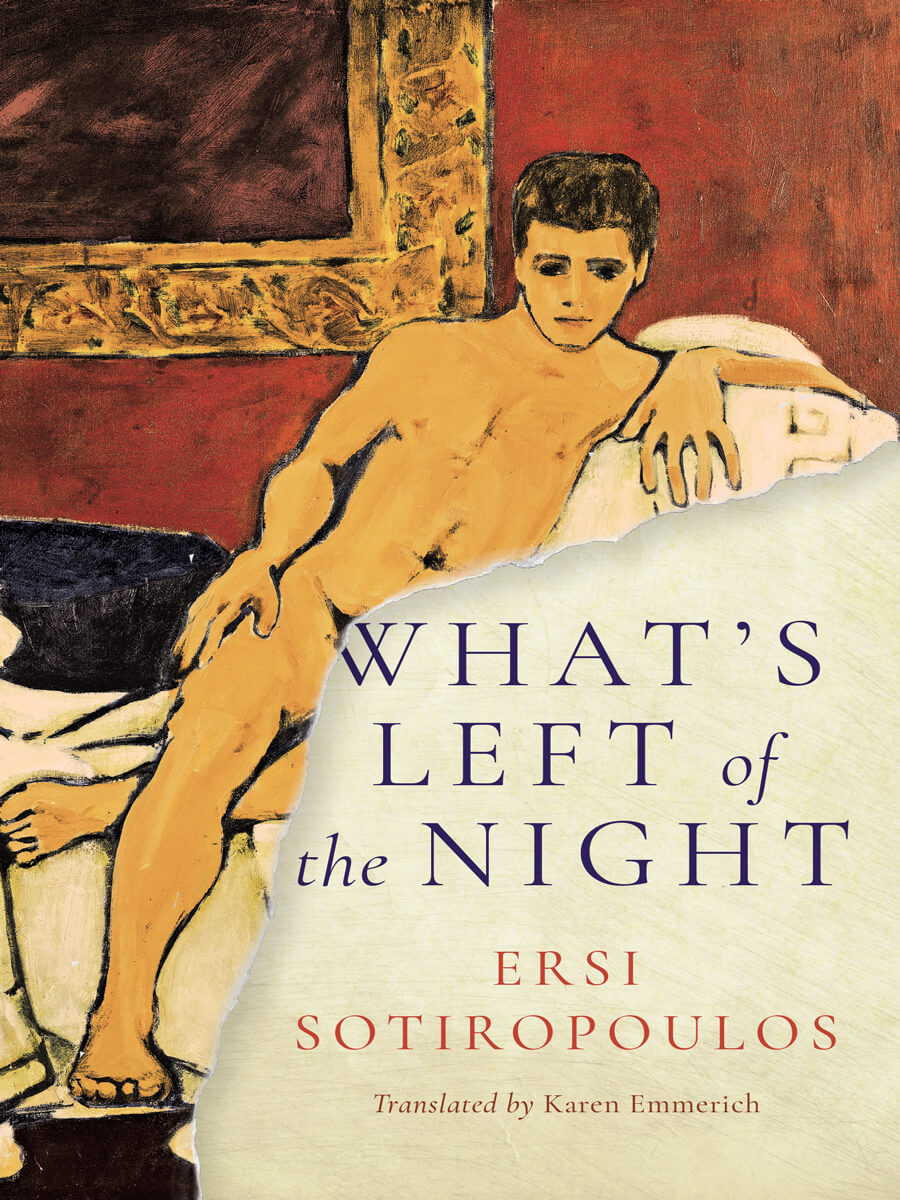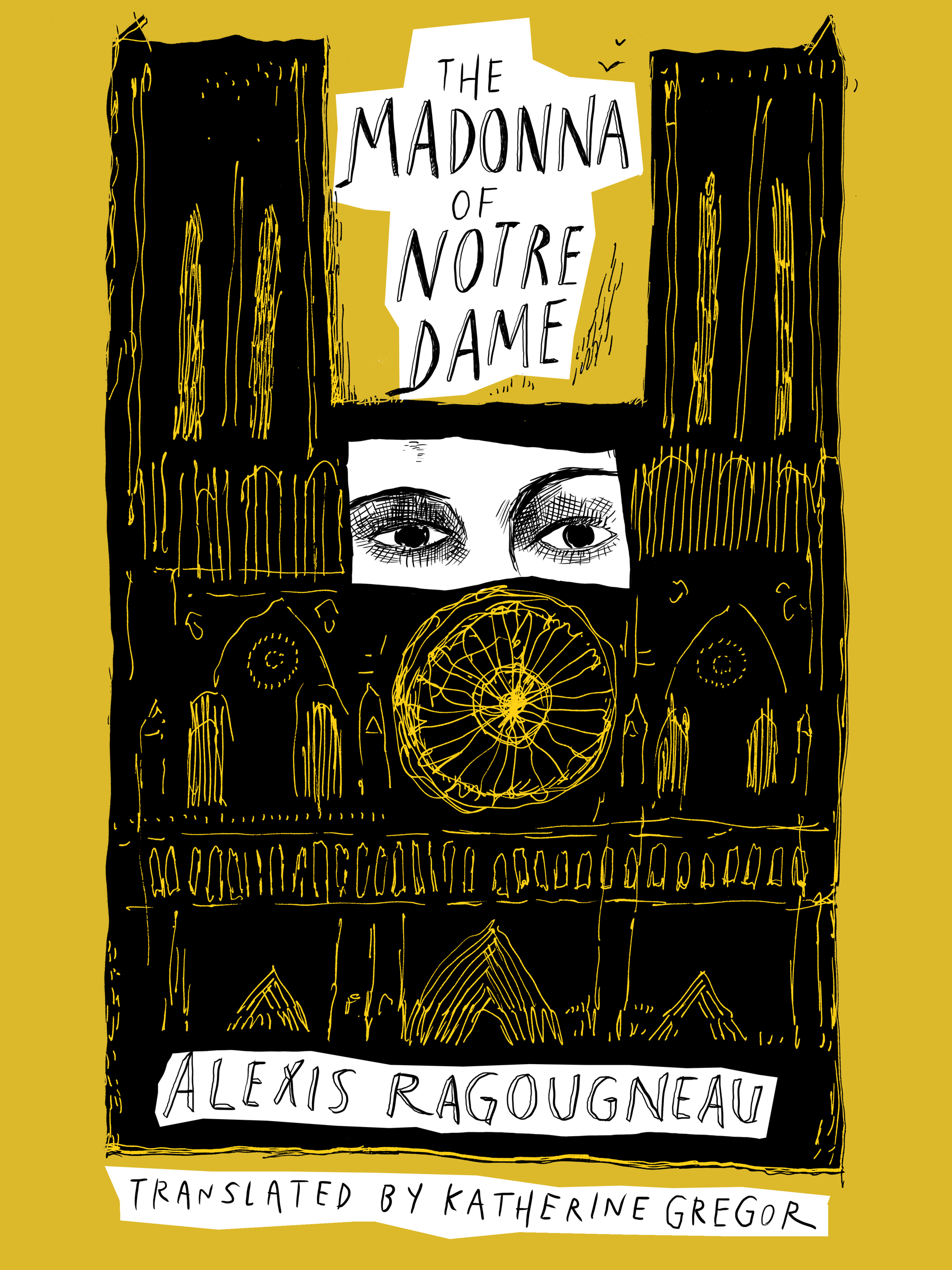THE MADELEINE PROJECT: UNCOVERING A PARISIAN LIFE by Clara Beaudoux
By Lisa Zeiger
“The apparition of these faces in the crowd;
Petals on a wet, black bough”
--Ezra Pound, In a Station of the Metro
Let me say first that Twitter, before it became a bullhorn for Donald Trump’s edicts and nasty retorts, once intrigued me, its former 140-character limit a challenge to invent pungent haiku on a variety of cultural and political subjects.
Parisian journalist Clara Beaudoux has compiled a coherent, compelling biography of a stranger, from her own Twitter prose-poems, which document a most curious happenstance in her life. Translated from the French by Alison Anderson, and published by New Vessel Press, New York, The Madeleine Project, Uncovering a Parisian Life, chronicles Beaudoux’s discovery of the previous tenant’s belongings, in a padlocked cellar within a Paris apartment she had moved into in July 2013. http://newvesselpress.com/books/the-madeleine-project/ After a series of studio apartments, this was the first Beaudoux at last felt at home in. She sawed through the padlock, unearthing the material relics of a Parisian life, marked by European history, of the previous owner, a certain Madeleine, who had died in her late nineties in the apartment. Madeleine’s godson told Beaudoux she could do with these objects and documents what she wished, and she set about reconstructing Madeleine’s life in a novel form: photos and captions on Twitter.
Beaudoux’s meticulous photos of Madeleine’s artifacts, accompanied by her Tweets, reminds me, on the one hand, of auction house catalogues of important house sales: the 1986 Christie’s catalogue of the contents of Lutyens-designed Monkton, home of the Surrealist collector, Edward James, decorated by Syrie Maugham; Andy Warhol’s vast eclectic spoils, compiled by Sotheby’s in a 1995 five-volume set; and the 1996 Sotheby’s catalogue of the estate of Jacqueline Kennedy Onassis, to name a scattershot seminal few.
On the other hand, Beaudoux’s hybrid work is redolent of what I consider to be the greatest form of biography: one which describes, in Balzacian detail, the everyday impedimenta which compose real life, as well as the less palpable and more shifting events of romance and friendships, and momentous historical events and movements. The English biographer, Diana Souhami, is an exemplar of this genre, writing biographies of Gertrude Stein and Alice B. Toklas; Romaine Brooks; Greta Garbo and Cecil Beaton, Alice Keppel and her daughter Violet Trefusis, among others, with an idiosyncratic grasp of the the telling possession or quixotic name of a minor character, even a dog, as well as the broader sweep of a life’s events. Souhami’s biographies are close in texture to novels. Few of her books use a birth to death approach: "We don't live our lives or read in a linear fashion. Also, the internet has so much information that it rather absolves the biographer from being a storehouse of knowledge." Beaudoux’s reconstruction of Madeleine’s life is similarly non-linear, more constellation than chronology. Still, a biography emerges.
Beaudoux divides her compendium into seasons of gradual documentation of her finds, many of them contained in leather suitcases as well as carefully labeled cardboard boxes. The first tend to be of paper: photographs of Madeleine herself, born in 1915, and of lovers and family, books, newspaper clippings, magazines, shopping lists, letters (some with pressed flowers), crossword books, report cards, wartime ration cards, coal coupons, diaries, calendars, notebooks copying out song lyrics, lists of travels, extensive guidebooks to Holland, piles of postcards she wrote from Provence. Then there is clothing and jewelry: pairs of size 36 shoes, clothes, lace gloves, linens, earrings, army dog tags, broken strings of pearls, a pendant with a baby tooth. And finally, less classifiable objects: paintings, inscrutable gadgets, fossils, a “first-class tennis racket,” a huge magnifying glass with which Beaudoux composed a selfie, a paint box with an odd, tiny funnel, an Agfa Movex 8 film which Beaudoux was unsure of how to find a projector to watch it on, a tuning fork in the bottom of a suitcase. Beaudoux’s/Madeleine’s treasures traverse 281 pages; what I have listed above is only an adumbration.
In the middle of this catalogue, Beaudoux embeds an eloquent text recounting how her encounter with Madeleine’s time capsule galvanized her desire, beginning in 2015, to make a radical change in her own life, by working for herself, rather than for others: “Which meant I planned to follow my desires, and mine alone; I was tired of going along with what other people wanted, of making do with a minimum, of being reasonable.” (Having personally made the same radical choice over a year ago, that of pursuing my own writing rather than paid pablum or ghostwriting assignments, I identify powerfully with Beaudoux’s resolve.)
“...I had accepted the fact that we had embarked on this adventure together, and that after “I” there
had to be “you,” and our relationship was bound to become part of the story. There was one
insoluble question that continued to torment me, however: What would you have made of all of this,
Madeleine?...Even my gestures were tentative and careful, when opening her letters, or moving
things around to photograph them...Do I have the right to question your secret garden in this way?”
Beaudoux’s vicarious journey into and representation of the past life of another, was disrupted on November 13th, 2015 by present-day tragedy: the murder of 130 Parisians by radical Islamic gunmen, with nearly 500 wounded. Temporarily she abandoned the Madeleine work. Yet soon after the attacks, one Internet user wrote to Beaudoux that the Madeleine project “restored his faith in life.” Beaudoux’s reaction: “I told myself that beauty would be my weapon,” an idea that has redeemed--yet is perhaps inseparable from--millennia of human suffering. The creation of works of art--from the Aztecs to ancient Egypt to the Medicis--have often demanded human sacrifice of various kinds, from actual ritual killing to slave labor to the wealth of patronage acquired by blood vendetta.
In quite another context, Beaudoux’s wielding of beauty as weapon recalls Supreme Court Justice Louis Brandeis’s famous 1927 Whitney v. California opinion defending free speech, in that case literature by Communists: "If there be time to expose through discussion the falsehood and fallacies, to avert the evil by the processes of education, the remedy to be applied [to disturbing or offensive ideas] is more speech, not enforced silence." Free speech--debate--is not an abstract virtue but a key element at the heart of a democratic society. Beauty, similarly, is antidote to devastation; an argument against it, whether political or personal.
By upholding in the wake of public tragedy the sovereignty of a private life lost yet preserved, Beaudoux asserts survival, even after death, of the preciousness of each human existence fated to come to an end, whether by massacre or natural passing. Her answer to unspeakable violence is the triumphant beauty of individual life, exhumed and immortalized through its tactile possessions; mapped carefully by her through the emotion and events conveyed by letters, photos and every other sort of document.
With Twitter and other social media now used routinely--arguably, dominantly--to “out” the foibles and depredations of public figures, The Madeleine Project demonstrates a radically different possibility: the resurrection of another’s life-- including delicate allusion to her secrets--with empathy, admiration, and the eye of a curator, or perhaps an artist.
A NOTE ON NEW VESSEL PRESS
“We are committed to books that offer erudition and enjoyment, stimulate and scintillate, transform and transport.”
New Vessel Press, founded by Michael Z. Wise and Ross Ufberg in New York City in 2012, is an independent publishing house specializing in the translation of foreign literature into English. Literature and narrative non-fiction selections from around the world pour great books into the vessel of the English language, by translators who regard their work as an art: as writing. These volumes, distinguished by high production values, have beautiful covers that sheathe literary odysseys now available for the first time to English readers. http://newvesselpress.com/


























